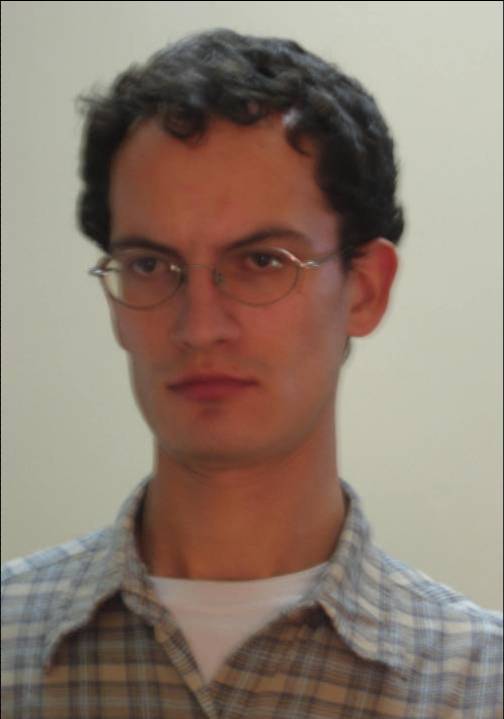The thick volumes of biennial catalogues inspire awe and anxiety at the same time since beyond the enjoyment of the richness that they represent for their readers and fortunate attendees of their bi-, tri-, or quinqu-ennial events that take more after elaborate theatrical shows, which are on many occasions incorporated into the programming of biennials as distributed institutions, than they do just an exhibition in a white cube of gallery or museum.
Here lies the conundrum of the expanded field of representation that Lefebvre may help to answer since his thesis on production of space can prove to be critical beyond the reception it has received at the time of its publication or translation into other languages it being understood that these events in their majority have happened before the 1990s decade.
Of similar importance would be the unexplored quadrants of the theoretical space that Guy Debord charts in his writings as he addresses the society of the spectacle in its relation to the transition from the first to the second modernity. In his interpretation I see the symptom of the transition to the second modernity rather than accurate description of its principles of operation since I perceive Debord's condemnation of social uses of spectacle in what amounts to late modern society, or the first modernity in my terminology, as the pressure that the contradictions of modernity exercise on its institutions to adopt the loops of reflexivity into their normal operation.
It is exactly this surfeit of complexity as a matter of course that captures my imagination as I develop my ethnographic understanding of second modernity as it manifests itself in biennials, museums, and cultural districts. In this regard it appears important to leave room for realization that the second modernity is less the process of temporal succession then the outcome of what is variously referred to as internal contradictions of capitalism, spatial fix of the next cycle of capitalist restructuring, or change in the mode of accumulation.
Thus dissociated from the vestiges of teleological thinking, the discussion of the second modernity allows for predictive thinkers, cities, or spaces to come into their own in providing both models and prototypes for developments that are at a temporal distance from their historically situated works, cultures, and manifestations. In this frame of reference one can readily appreciate the place of Paris as paradigmatic city of the nineteenth century or even twentieth.
With regard to my theoretical concerns, I see museums, biennials, and urban complexes as those utopic spaces that under the conditions of the second modernity can hold genuine promise for positive alternatives to come true.
Subscribe to:
Post Comments (Atom)

No comments:
Post a Comment